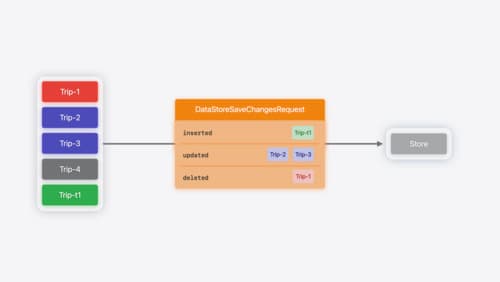how to integrate supabase backend?
Asked on 2024-09-24
1 search
To integrate a Supabase backend, you might consider using the Swift on Server ecosystem, which was discussed in the session titled "Explore the Swift on Server ecosystem" at WWDC 2024. This session covers how to connect to databases using Postgres Neo, an open-source database driver for Postgres maintained by Vapor and Apple. While Supabase is not directly mentioned, it is built on Postgres, so the techniques discussed could be applicable.
Here's a brief overview of the steps you might take, based on the session:
-
Add Dependency: Start by adding a dependency to Postgres Neo in your package manifest. This will allow you to use the Postgres client to interact with your database.
-
Import and Setup: Import Postgres Neo in your service and set up a Postgres client. This client provides an asynchronous interface and a built-in connection pool, which can help manage connections efficiently.
-
Query the Database: Use the Postgres client to query your database. You can replace hardcoded data with dynamic queries to fetch or insert data into your database.
-
Concurrency: Use structured concurrency to run your application and database client concurrently, ensuring that your service remains responsive.
For more detailed guidance, you can refer to the session Explore the Swift on Server ecosystem (05:42) which covers database drivers and how to connect to a Postgres database.
If you are interested in using SwiftData with a custom backend, the session "Create a custom data store with SwiftData" might be relevant. It discusses how to use SwiftData with any persistence backend, which could potentially include Supabase if you implement the necessary protocols.

What’s new in SwiftData
SwiftData makes it easy to add persistence to your app with its expressive, declarative API. Learn about refinements to SwiftData, including compound uniqueness constraints, faster queries with #Index, queries in Xcode previews, and rich predicate expressions. Join us to explore how you can use all of these features to express richer models and improve performance in your app. To discover how to build a custom data store or use the history API in SwiftData, watch “Create a custom data store with SwiftData” and “Track model changes with SwiftData history”.

Platforms State of the Union
Discover the newest advancements on Apple platforms.

Create a custom data store with SwiftData
Combine the power of SwiftData’s expressive, declarative modeling API with your own persistence backend. Learn how to build a custom data store and explore how to progressively add persistence features in your app. To get the most out of this session, watch “Meet SwiftData” and “Model your schema with SwiftData” from WWDC23.
